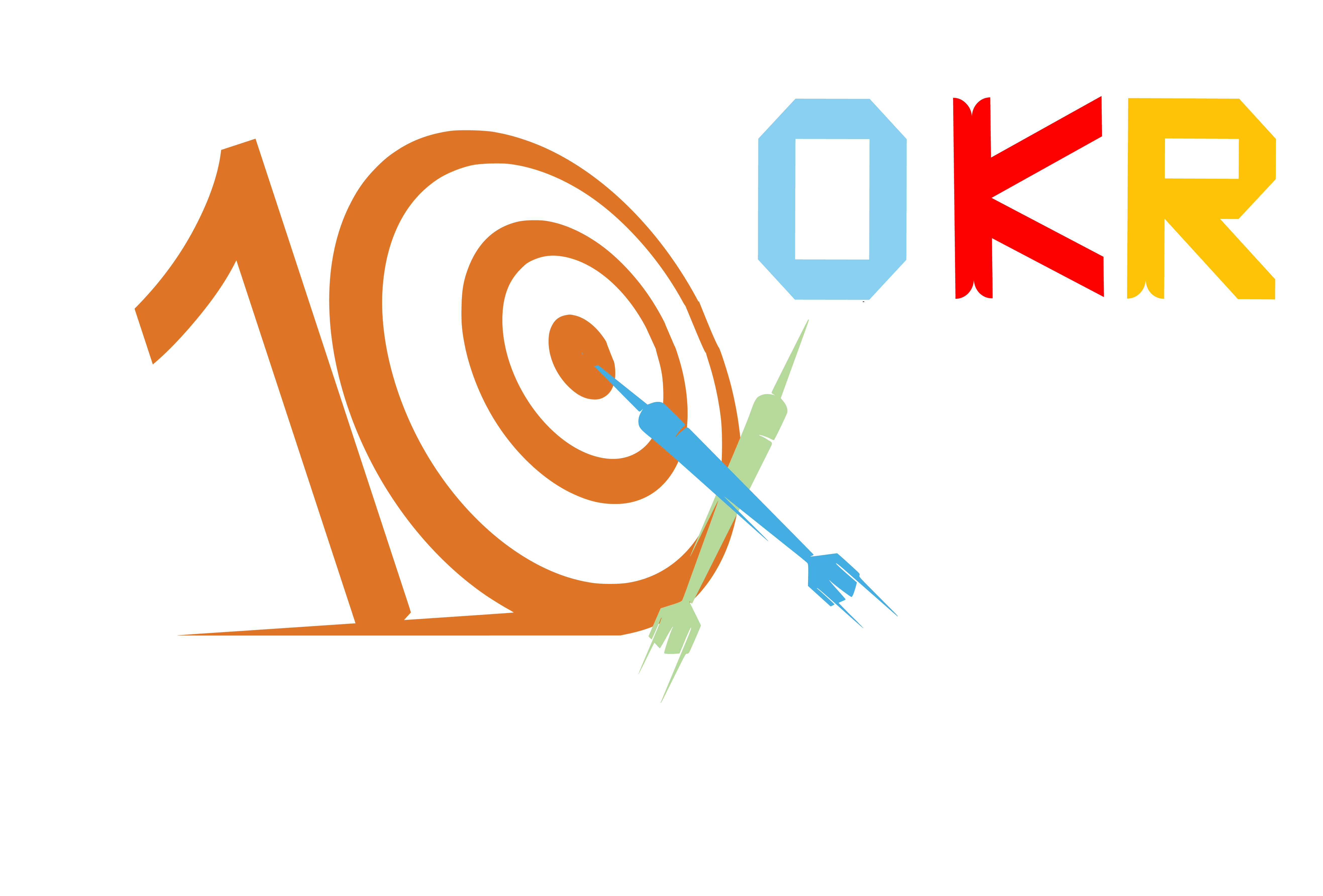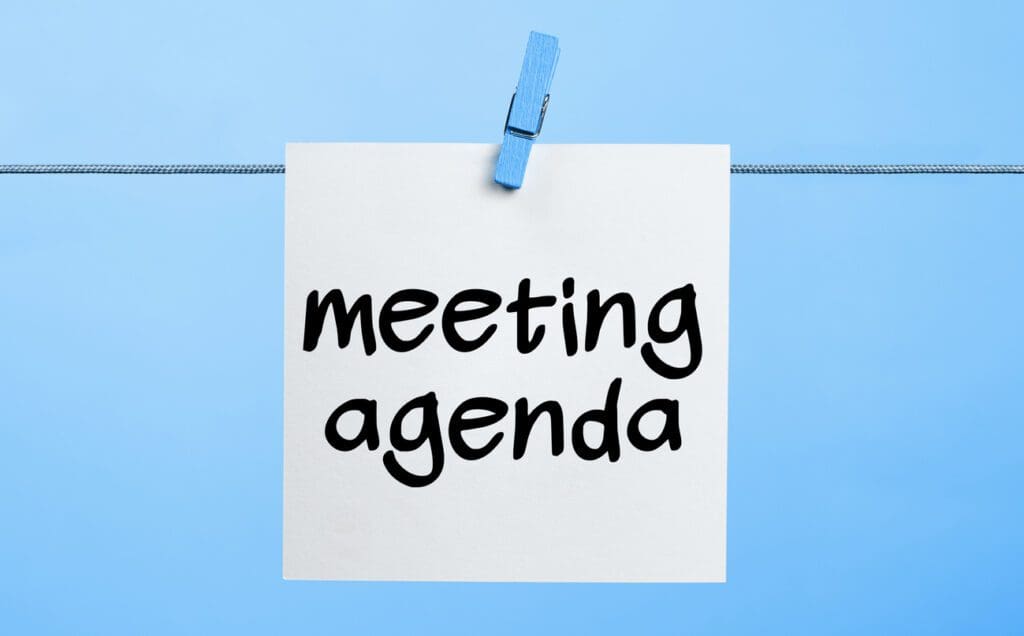Table of Contents
Revamp Your Team Meeting Agendas: Effective Planning Tips
Team meetings are an integral part of any organisation. No matter how big or small the company, team meetings are vital in keeping the team aligned, focused, and productive. However, not all team meetings are created equal.
Some can be a waste of time, leaving team members feeling drained and unproductive. This is where effective agenda planning comes into play.
In this blog, let’s discuss the importance of a well-planned team meeting agenda and provide tips and best practices for creating an effective agenda to keep your team on track and productive.
Introduction to Effective Team Meetings
Effective team meetings are essential for any organisation to achieve its goals. They allow team members to collaborate, discuss progress, brainstorm ideas, and make decisions.
However, not all meetings are created equal. Many meetings can be unproductive, wasting valuable time and leaving team members frustrated and unproductive. This is where effective agenda planning comes into play.
Importance of a Well-Planned Team Meeting Agenda
A well-planned team meeting agenda is essential for a productive meeting. It provides a structure for the meeting, ensures that all necessary topics are covered, and keeps the meeting on track and focused.
Without a well-planned agenda, meetings can become disorganised, and important topics may be overlooked. Additionally, a well-planned agenda can ensure that team members come prepared for the meeting, ready to discuss the relevant topics.
Key Components of a Team Meeting Agenda
An effective team meeting agenda should include several key components. These include the following:
Purpose of the Meeting
The meeting’s objective should be clear at the beginning of the agenda. This helps to ensure that all team members are aware of the reason for the meeting and can come prepared with any necessary information or updates.
Objectives
The objectives of the meeting should be clearly defined. This helps to ensure that the meeting stays focused and on track. The objectives should be explicit and measurable, and they should be tied to the meeting’s purpose.
Agenda Items
The agenda items should be listed in a logical order. This helps to ensure that the meeting flows smoothly and that all necessary topics are covered. Agenda items should be related to the purpose of the meeting and the defined objectives.
Time Allocation
The amount of time allocated to each agenda item should be clearly stated. This helps to ensure that the meeting stays on track and that all necessary topics are covered within the allotted time.
Action Items
Action items should be clearly defined at the end of the meeting. This helps ensure that team members know their responsibilities and can follow up on any necessary tasks.
How to Make an Effective Team Meeting Agenda?
Creating an effective team meeting agenda can be challenging. However, several tips can help ensure the agenda is effective and productive.
Involve Team Members
One of the most productive ways to develop an effective meeting agenda is to involve team members in planning. This helps to ensure that all necessary topics are covered and that team members feel invested in the meeting.


Share the Agenda Beforehand
Sharing the agenda beforehand helps ensure team members come prepared for the meeting. It also allows team members to provide feedback on the agenda and suggest any additional topics that may need to be covered.
Prioritise Agenda Items
Agenda items should be prioritised based on their importance and relevance to the purpose of the meeting. This helps to ensure that the most critical topics are covered first and that the meeting stays focused.
Brainstorm Ideas
Brainstorming ideas can ensure that all relevant topics are covered. It can also help to stimulate discussion and generate new ideas.
The Importance of Staying on Track During the Meeting
Staying on track during the meeting is essential for a productive meeting. This can be challenging, especially if the meeting covers several topics. However, several approaches can help ensure the meeting stays focused and on track.
Keeping the Meeting Focused
To keep the meeting focused, sticking to the agenda is essential. Agenda items should be discussed in the order they appear on the agenda, and team members should be encouraged to stay on topic.
Keeping the Meeting on Time
Keeping the meeting on time is also essential. The time allocated to each agenda item should be strictly adhered to. If a topic is taking longer than expected, it may be necessary to table the discussion for a future meeting.
Best Practices for Remote Team Meetings
Meetings with a remote team can be difficult since people may be in various time zones or have different work schedules. However, several best practices can help to ensure that remote team meetings are productive and effective.
Utilising Technology and Communication Tools
Utilising technology and communication tools can ensure that remote team meetings are productive. Video conferencing systems, such as Zoom or Skype, can ensure that team members can easily see and hear each other. Chat tools like Slack or Microsoft Teams can facilitate communication during meetings.


Actionable Steps to Implement Effective Team Meetings with a Well-Planned Agenda
Implementing effective team meetings with a well-planned agenda can be challenging. However, organisations can take several actionable steps to ensure that team meetings are productive and effective.
Define Meeting Objectives
Defining meeting objectives is essential for an effective meeting. Objectives should be specific, measurable, and related to the purpose of the meeting.
Create an Agenda
Creating an agenda is essential for an effective meeting. The agenda should state the meeting’s purpose, objectives, agenda items, time allocation, and action items.
Share the Agenda
Sharing the agenda beforehand is essential for an effective meeting. This helps to ensure that team members come prepared for the meeting and that all necessary topics are covered.


Keep the Meeting Focused and on Time
It is critical for a good meeting to keep the meeting focused and on schedule. To achieve this, team members should stick to the agenda, and the amount of time allocated to each item should be strictly adhered to.
Common Mistakes to Avoid While Planning a Team Meeting Agenda
While planning a team meeting agenda, there are several common mistakes that organisations should avoid. These include:
Including Too Many Agenda Items
Including too many agenda items can make the meeting feel manageable and focused. It’s essential to prioritise the most critical topics and leave less important topics for future meetings.
Not Allowing Enough Time for Each Agenda Item
Allowing enough time for each agenda item can lead to timely discussions and complete topics. It’s essential to allocate sufficient time for each agenda item to cover all necessary topics.
Not Sticking to the Agenda
Not sticking to the agenda can lead to an unproductive meeting. Sticking to the agenda and, if necessary, table discussions for future meetings is essential.
Conclusion
In conclusion, an effective team meeting agenda is essential for a productive and successful meeting. It provides a structure for the meeting, ensures that all necessary topics are covered, and keeps the meeting on track and focused.
By adhering to this blog’s advice and best practices, organisations can ensure that their team meetings are productive and effective.
Sign up for free to execute your goal-planning strategies starting today!



